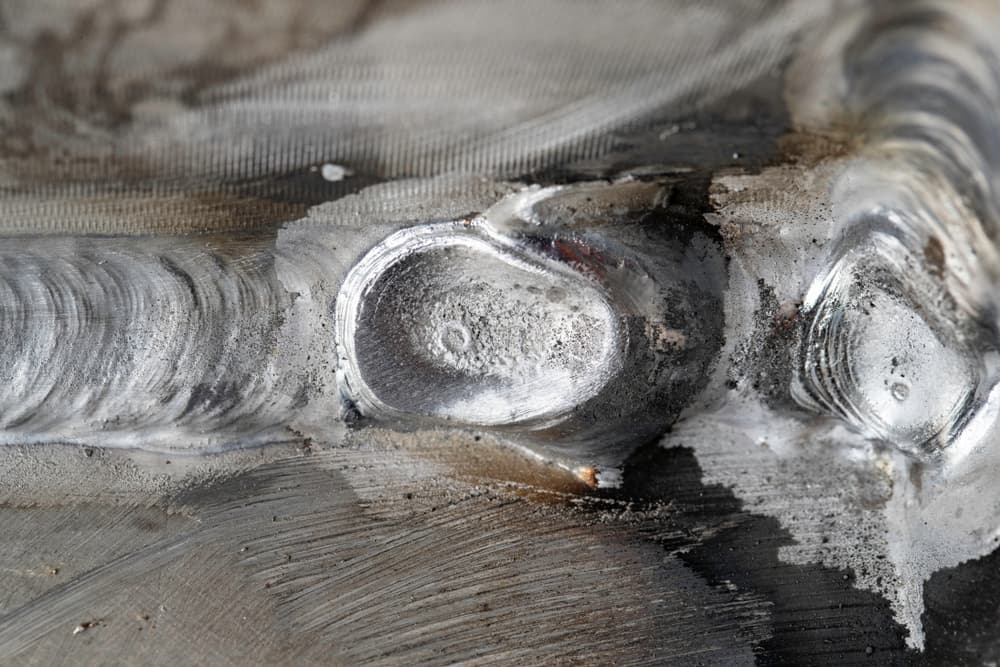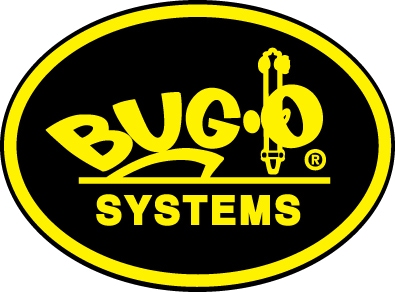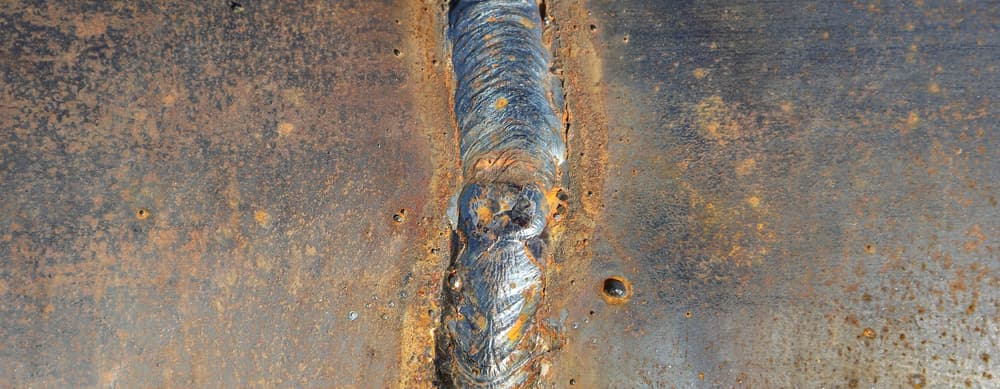Welding is a critical process in various industries, from construction to automotive manufacturing. However, it’s not without its challenges. Weld defects can compromise the structural integrity and safety of welded components. In this blog, we’ll delve into the five most common weld defects, explore their causes, and provide practical tips on how to avoid them
What Causes Weld Defects?
Before we delve into specific weld defects, it’s crucial to understand the underlying causes. Weld defects can arise due to a combination of factors, including:
- Improper Welding Parameters: Incorrect settings for welding current, voltage, and travel speed can lead to defects.
- Inadequate Cleaning: Surface contaminants, such as rust, oil, or paint, can hinder proper fusion.
- Poor Joint Preparation: Inadequate beveling or incorrect fit-up of the workpieces can result in defects.
- Inferior Welding Materials: Using low-quality consumables or filler metals can compromise the weld’s integrity.
- Lack of Welder Skill: Inexperienced or untrained welders are more likely to produce defective welds.
5 Common Weld Defects
Now, let’s explore the five most common weld defects and how to prevent them:
Porosity
Porosity occurs when gas bubbles are trapped within the weld metal, compromising its strength. It often results from inadequate shielding gas coverage or improper gas flow rates. To avoid porosity, ensure a consistent gas flow and maintain proper torch angles during welding.
Weld Cracking
Weld cracking can manifest as either hot cracks or cold cracks. Hot cracks occur during solidification, while cold cracks form after cooling. Controlling welding parameters, preheating the workpiece, and selecting appropriate filler materials can prevent cracking.
Undercutting
Undercutting is a groove-like depression along the weld’s toe, weakening the weld. It often results from excessive welding current or improper electrode angles. Maintaining correct welding parameters and electrode angles is crucial to avoid undercutting.

Spatter
Excessive spatter refers to the unwanted bits of molten metal that scatter during welding, leaving a messy finish. Using high-quality consumables, adjusting welding parameters, and maintaining clean work surfaces can help reduce spatter.
Crater
Craters are specific types of fractures that form after the welding process but before the weld connections are completed. It is frequently caused by insufficient crater filling prior to breaking the arc. This causes the crater’s outside edges to cool quicker than the center. Inadequate weld volume may prevent it from overcoming metal shrinkage. As a result, a crater crack welding flaw has developed.
How to Avoid Weld Defects
To avoid weld defects effectively, welders need to have not only the necessary skills but also quality equipment. Quality equipment ensures consistent performance and reliable results. Here are some tips for avoiding weld defects:
- Invest in Quality Welding Machines: High-quality welding machines offer precise control over welding parameters, reducing the risk of defects.
- Use Quality Consumables: Opt for reputable brands of electrodes, shielding gases, and filler metals to ensure the purity and consistency of materials.
- Regular Maintenance: Keep your welding equipment in top condition through regular maintenance and calibration to guarantee reliable performance.
- Training and Certification: Ensure that welders receive proper training and certification to enhance their skills and reduce the likelihood of errors.
Get Excellent Welds with Bug-O
Bug-O Systems, a renowned provider of welding automation and cutting equipment, offers a range of solutions designed to help welders achieve precise and defect-free welds. By combining your expertise with Bug-O’s cutting-edge technology, you can ensure the highest quality welds and enhance the safety and durability of your welded components. Contact us and locate the nearest distributor.


Recent Comments